Gold Diggers of 1933
9 /10 1 Votes9
100% Rotten Tomatoes Genre Comedy, Drama, Musical Budget 433,000 USD Language English | 8.1/10 IMDb Initial DVD release March 21, 2006 (USA) Duration Country United States | |||||||||||||||||||||||||||||||||
 | ||||||||||||||||||||||||||||||||||
Director Mervyn LeRoyBusby Berkeley(musical sequences) Release date May 27, 1933 (1933-05-27) Cast (J. Lawrence Bradford), (Carol King), (Trixie Lorraine), (Polly Parker), (Brad Roberts (Robert Treat Bradford)), (Fanuel H. Peabody) Similar movies Grease , The Phantom of the Opera , Singin' in the Rain , Wonderful Town , Broadway Scandals , Nunsense 3: The Jamboree Tagline The Biggest Show On Earth! | ||||||||||||||||||||||||||||||||||
Gold diggers of 1933 we re in the money
Gold Diggers of 1933 is a pre-Code Warner Bros. musical film directed by Mervyn LeRoy with songs by Harry Warren (music) and Al Dubin (lyrics), staged and choreographed by Busby Berkeley. It stars Warren William, Joan Blondell, Aline MacMahon, Ruby Keeler, and Dick Powell, and features Guy Kibbee, Ned Sparks and Ginger Rogers.
Contents
- Gold diggers of 1933 we re in the money
- Gold diggers of 1933 1933 trailer
- Plot
- Cast
- Production
- Box office
- Accolades
- Musical numbers
- Circumventing censorship with alternate footage
- References
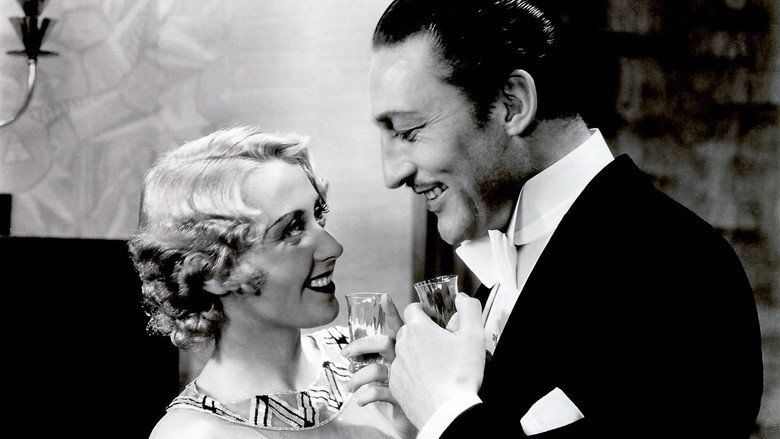
The story is based on the play The Gold Diggers by Avery Hopwood, which ran for 282 performances on Broadway in 1919 and 1920. The play was made into a silent film in 1923 by David Belasco, the producer of the Broadway play, as The Gold Diggers, starring Hope Hampton and Wyndham Standing, and again as a talkie in 1929, directed by Roy Del Ruth. That film, Gold Diggers of Broadway, which starred Nancy Welford and Conway Tearle, was the biggest box office hit of that year, and Gold Diggers of 1933 was one of the top-grossing films of 1933. This version of Hopwood's play was written by James Seymour and Erwin S. Gelsey, with additional dialogue by David Boehm and Ben Markson.
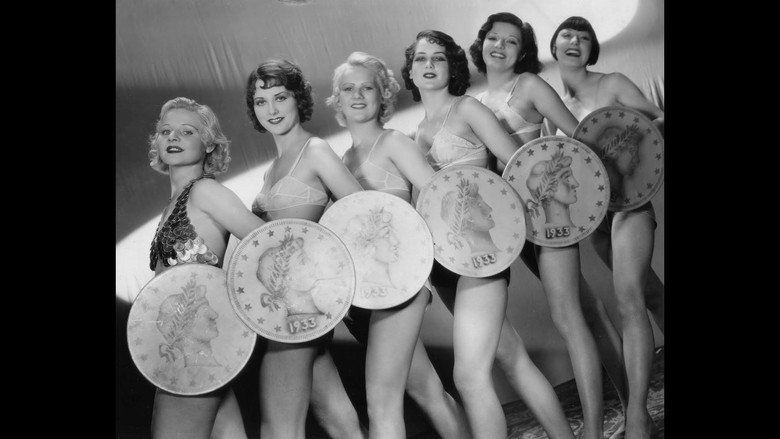
In 2003, Gold Diggers of 1933 was selected for preservation in the United States National Film Registry by the Library of Congress as being "culturally, historically, or aesthetically significant".

Gold diggers of 1933 1933 trailer
Plot

The "gold diggers" are four aspiring actresses: Polly (Ruby Keeler), an ingenue; Carol (Joan Blondell), a torch singer; Trixie (Aline MacMahon), a comedian; and Fay (Ginger Rogers), a glamour puss.
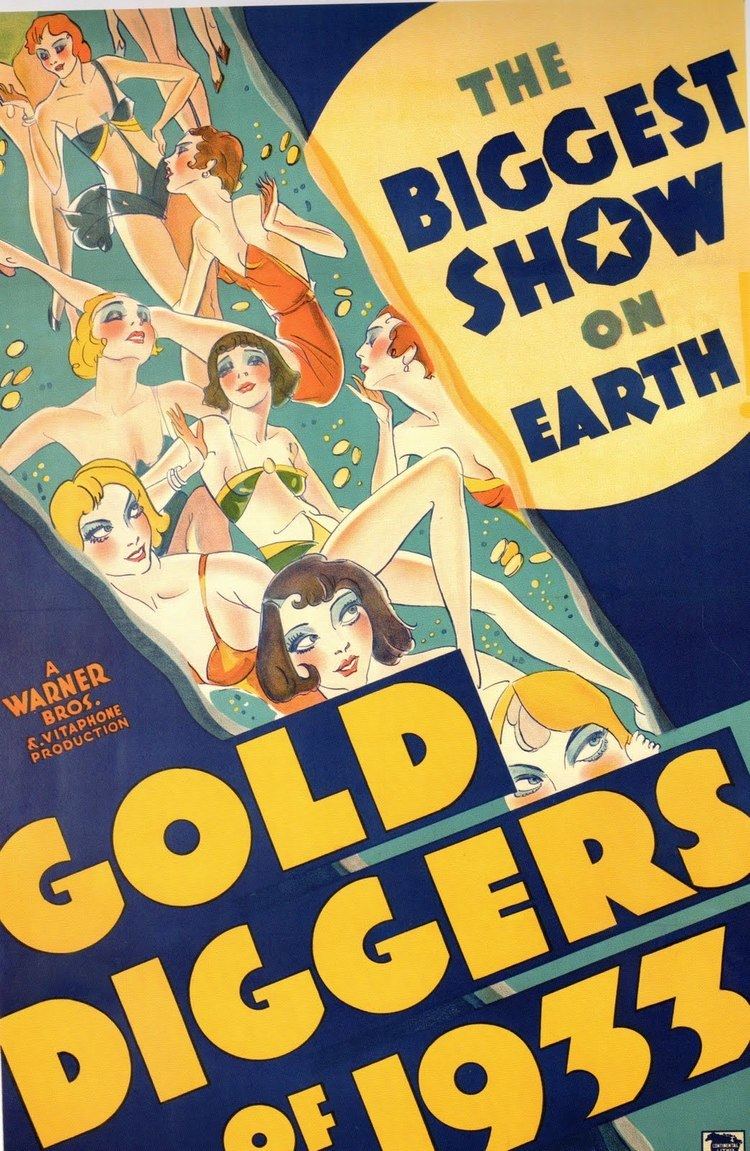
The film was made in 1933, during the Great Depression and contains numerous direct references to it. It begins with a rehearsal for a stage show, which is interrupted by the producer's creditors who close down the show because of unpaid bills.
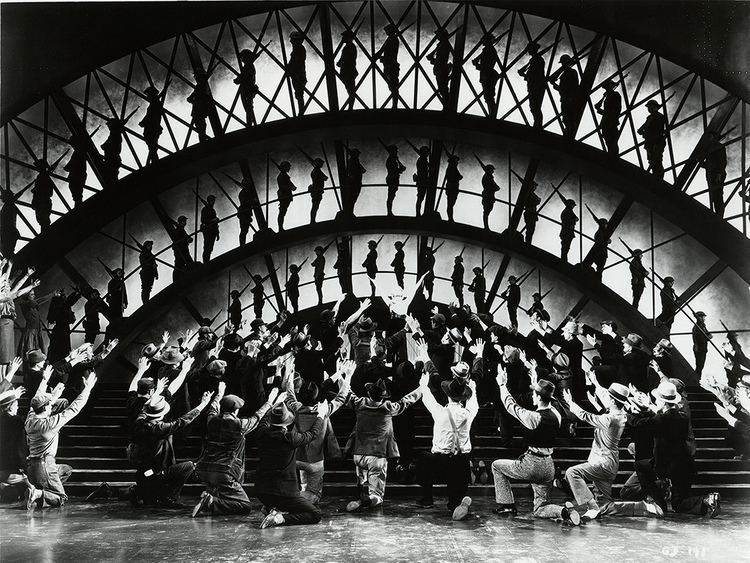
At the unglamorous apartment shared by three of the four actresses (Polly, Carol, and Trixie), the producer, Barney Hopkins (Ned Sparks), is in despair because he has everything he needs to put on a show, except money. He hears Brad Roberts (Dick Powell), the girls' neighbor and Polly's boyfriend, playing the piano. Brad is a brilliant songwriter and singer who not only has written the music for a show, but also offers Hopkins $15,000 in cash to back the production. Of course, they all think he is kidding, but he insists that he is serious – he offers to back the show, but refuses to perform in it, despite his talent and voice.
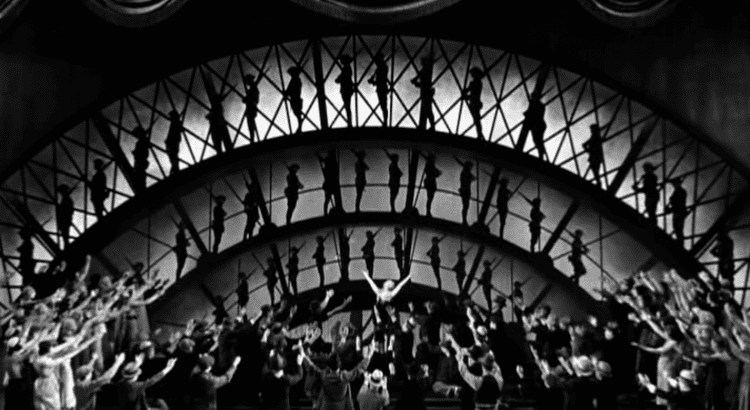
Brad comes through with the money and the show goes into production, but the girls are suspicious that he must be a criminal since he is cagey about his past and will not appear in the show, even though he is clearly more talented than the aging juvenile lead (Clarence Nordstrom) they have hired. It turns out, however, that Brad is in fact a millionaire's son whose family does not want him associating with the theatre. On opening night, in order to save the show when the juvenile cannot perform (due to his lumbago acting up), Brad is forced to play the lead role.
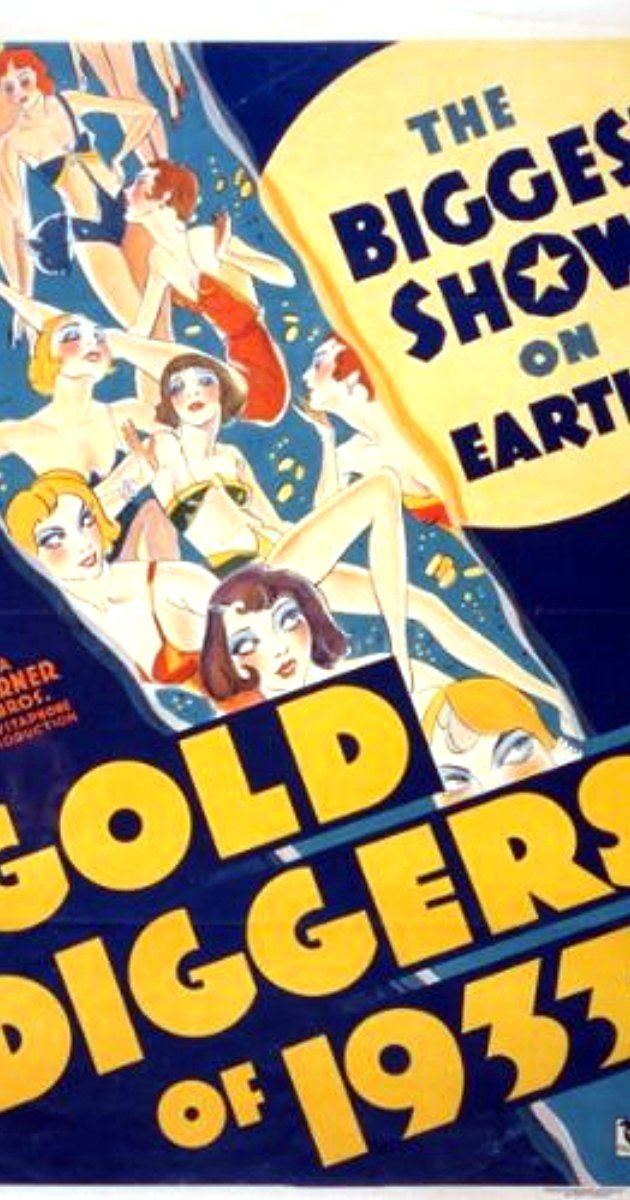
With the resulting publicity, Brad's brother J. Lawrence Bradford (Warren William) and family lawyer Fanuel H. Peabody (Guy Kibbee) discover what he is doing and go to New York to save him from being seduced by a "gold digger".
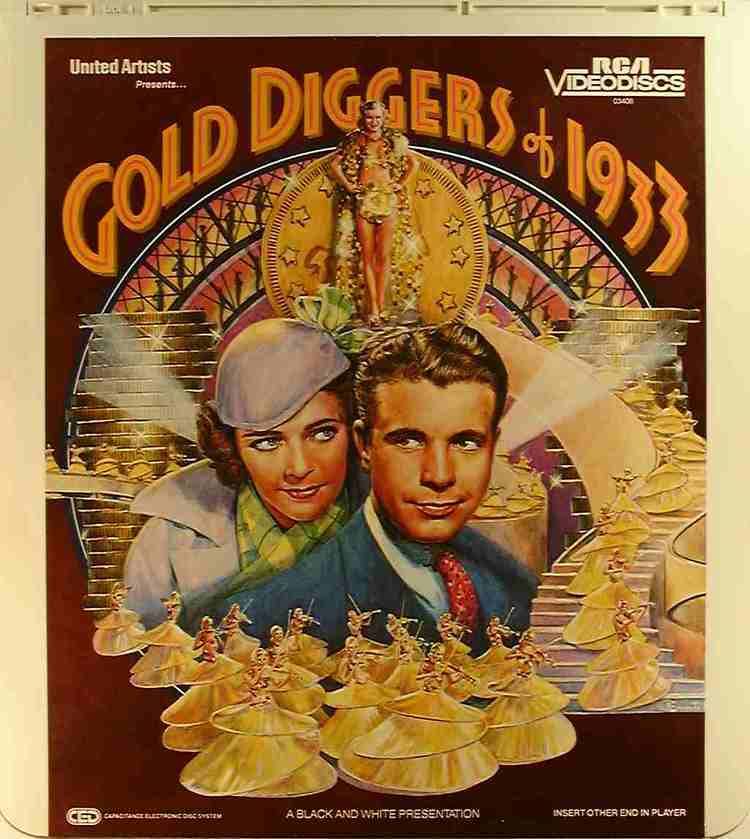
Lawrence mistakes Carol for Polly, and his heavy-handed effort to dissuade the "cheap and vulgar" showgirl from marrying Brad by buying her off annoys her so much that she plays along, but the two fall in love. Meanwhile, Trixie targets "Fanny" the lawyer as the perfect rich sap ripe for exploitation. When Lawrence finds out that Brad and Polly have wed, he threatens to have the marriage annulled, but relents when Carol refuses to marry him if he does. Trixie marries Fanuel. All the "gold diggers" (except Fay) end up with wealthy men.
Cast

Production
Gold Diggers of 1933 was originally to be called High Life, and George Brent was an early casting idea for the role played by Warren William.
The film was made for an estimated $433,000 at Warner Bros. studios in Burbank, and went into general release on May 27, 1933.
Box office
It was the third most popular movie at the US box office in 1933. The film made a profit of $1,602,530.
Accolades
In 1934, the film was nominated for an Oscar for Best Sound Recording for Nathan Levinson, the film's sound director.
The film was nominated for the following American Film Institute lists:
Musical numbers
The film contains four song and dance sequences designed, staged and choreographed by Busby Berkeley. All the songs were written by Harry Warren and Al Dubin. (In the film, when producer Barney Hopkins hears Brad's music he picks up the phone and says: "Cancel my contract with Warren and Dubin!")
"We're in the Money" is sung by Ginger Rogers accompanied by scantily-clad showgirls dancing with giant coins. Rogers sings one verse in Pig Latin.
"Pettin' in the Park" is sung by Ruby Keeler and Dick Powell. It includes a tap dance from Keeler and a surreal sequence featuring dwarf actor Billy Barty as a baby who escapes from his stroller. During the number, the women get caught in a rainstorm and go behind a backlit screen to remove their wet clothes in silhouette. They emerge in metal garments, which thwart the men's attempts to remove them, until Billy Barty gives Dick Powell a can opener. This number was originally planned to end the film.
"The Shadow Waltz" is sung by Powell and Keeler. It features a dance by Keeler, Rogers, and many female violinists with neon-tubed violins that glow in the dark. Berkeley got the idea for this number from a vaudeville act he once saw - the neon on the violins was an afterthought. On March 10, the Long Beach earthquake hit while this number was being filmed:
[it] caused a blackout and short-circuited some of the dancing violins. Berkeley was almost thrown from the camera boom, dangling by one hand until he could pull himself back up. He yelled for the girls, many of whom were on a 30-foot (9.1 m)-high platform, to sit down until technicians could get the soundstage doors open and let in some light.
"Remember My Forgotten Man" is sung by Joan Blondell and Etta Moten and features sets influenced by German Expressionism and a gritty evocation of Depression-era poverty. Berkeley was inspired by the May 1932 war veterans' march on Washington, D.C. When the number was finished, Jack L. Warner and Darryl F. Zanuck (the studio production head) were so impressed that they ordered it moved to the end of the film, displacing "Pettin' in the Park".
An additional production number was filmed, but cut before release: "I've Got to Sing a Torch Song" was to have been sung by Ginger Rogers, but instead appears in the film sung by Dick Powell near the beginning.
Circumventing censorship with alternate footage
According to Sin in Soft Focus: Pre-Code Hollywood by Mark A. Vieira, Gold Diggers of 1933 was one of the first American films made and distributed with alternate footage in order to circumvent state censorship problems. Busby Berkeley used lavish production numbers as a showcase of the female anatomy that were both "lyrical and lewd". "Pettin' in the Park" and "We're in the Money" are prime examples of this. The state censorship boards had become so troublesome that a number of studios began filming slightly different versions of censorable scenes. In this way, when a film was edited, the "toned down" reels were labeled according to district. One version could be sent to New York City, another to the South, and another to the United Kingdom.
Vieira reports that the film had two different endings: in one, the rocky romance between Warren William and Joan Blondell – whom he calls "cheap and vulgar" – is resolved backstage after the "Forgotten Man" number. In an alternate ending, this scene never takes place and the film ends with the number.
References
Gold Diggers of 1933 WikipediaGold Diggers of 1933 IMDbGold Diggers of 1933 Rotten TomatoesGold Diggers of 1933 themoviedb.org
